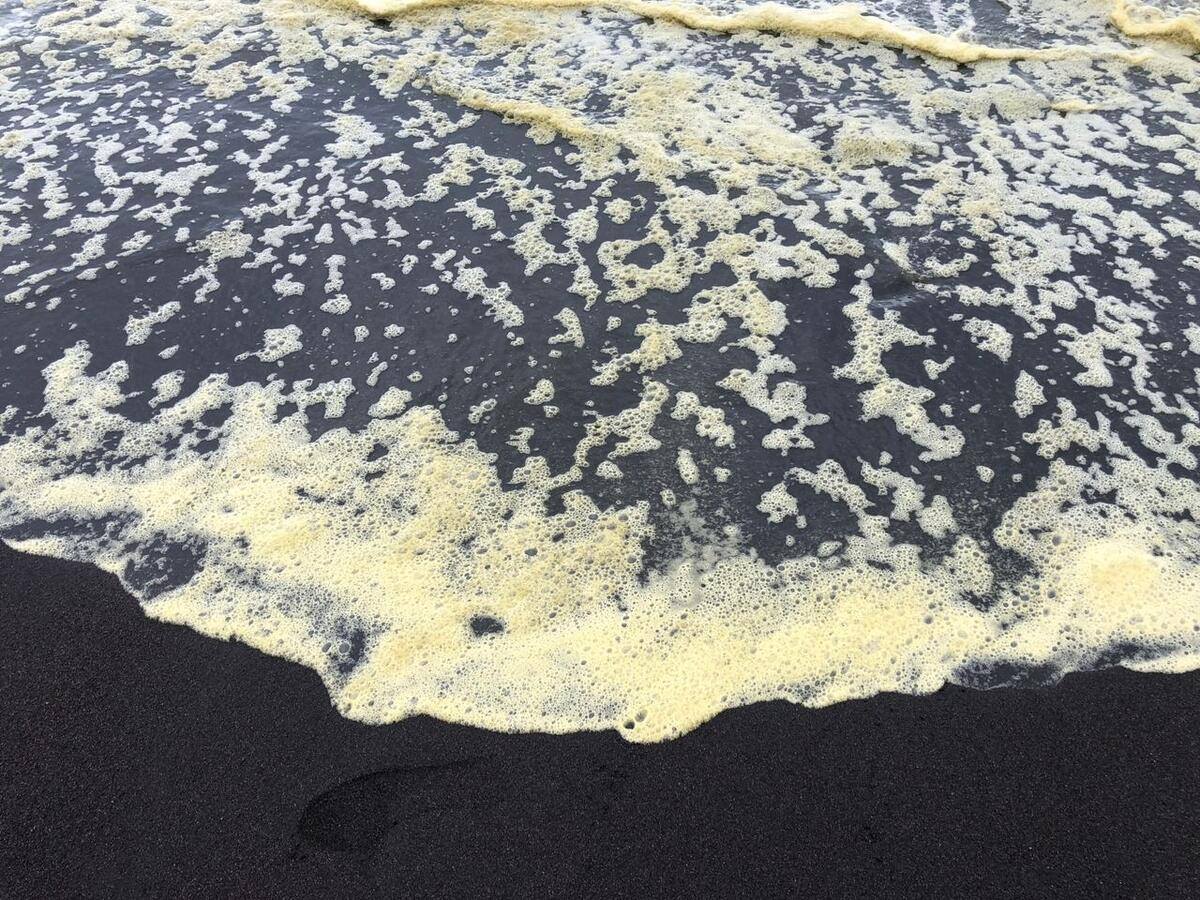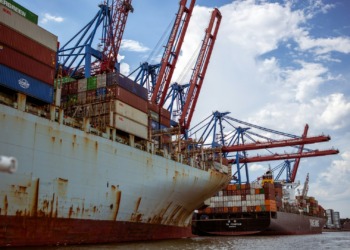Sixty-eight years after the release of Ernest Hemingway’s classic piece “The old man and the sea” we have come to live in an age where the relationship between humanity and water bodies has drastically changed. From the poetic fight with the forces of nature, we seem to have evolved to declare a full-on war with mighty waves of the ocean.
Recent events in Kamchatka, Russia have shown to be no different. First, watercolor changed. Then the beaches turned from picturesque to ghostly as octopi, seal, fish, and clam corpses washed on to the sand. The next victims were the locals: many felt nausea, fever, and red eyes.
First complaints began rolling in on September 29th from Kamchatka’s Khalaktyr beach when surfers and locals showed alarming health worsening. According to the local surfing school, 20 people suffered from poisoning. Already three weeks before the complaints many were experiencing blurred vision as if covered by a semi-permeable curtain. Kamchatka is a peninsula in the far East of Russia that is very popular among tourists. The worries were confirmed by the Greenpeace group who have noted a “yellowish foam” at the water surface, calling the situation “an ecological disaster.”
Later on, the fear grew as the divers explored the sea bed. Instead of a colorful scene of a mysterious underwater world, they came across a graveyard, claiming that 95% of sea life was dead.
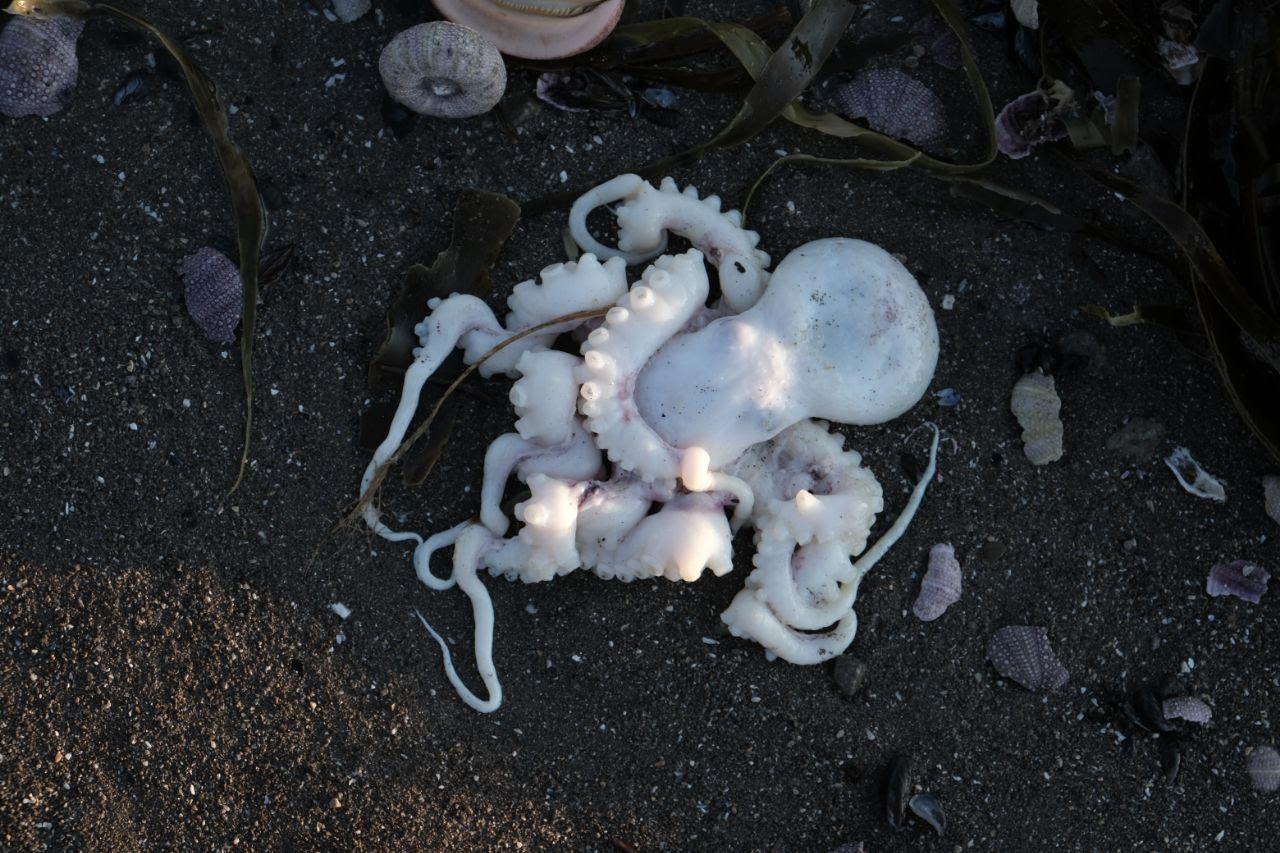
Russia has launched a criminal investigation. Although the investigation is still in place, the first analyses found 3.6 times more oil products and 2.5 times the normal phenol levels. Whether the pollution is of human origin or caused by mysterious toxic phytoplankton as some hypotheses state, is still unknown. For now, a more likely culprit seems to be the one with the most dangerous history – humanity.
Pollution of the sea is no more a secret. From oil spills with images of flightless birds covered in toxic sludge to trash seamlessly floating among the waves – we are used to seeing our devastating effect on the sea. A less presentable and eye-catching detriment comes, however, from chemical pollution.
Farming Responsible For Algae Overgrowth
Some of the most dangerous types of chemicals poured into the ocean are fertilizers. As the water becomes concentrated with nitrogen and phosphorus, algae peak their tiny colorful limbs and begin overgrowing. This process is called algal bloom. Some algae are not as harmless as they seem.
They produce toxins that directly poison animals and people who are unfortunate enough to ingest it. Others, less direct but equally dangerous algae, deprive the water of oxygen. This is a result of eutrophication – excessive enrichment of water with nutrients. More food means more living beings, like fish and algae, in the environment. But the increase of nutrients does not indicate an increase in oxygen. As a result, the overpopulated water body is suffocated and becomes spotted with dead zones.
RELATED ARTICLES: Arctic Summer Sea Ice Could Disappear As Soon As 2035 |Your Search Engine’s Secret: The Gallons of Water Behind Data Consumption |New Research Discovers Bacteria That ‘Eats’ Methane |How the Climate Crisis Threatens Loggerhead Sea Turtles |Climate Change & Rising Sea Levels are Claiming Their First Victims: Islands |
On the other hand, industrial chemicals like fertilizers and other farm products change the pH of the water. pH refers to the acidity or basicity of the liquid and is vital for the normal functioning of the organism. Most aquatic life is used to living at a certain pH. As a result, disruptions in the pH wreck havoc to hatching and survival rates of many fish. Change in the pH furthermore sets off a positive feedback loop. When the water pH changes, so does the solubility of phosphorus and nitrogen, potentially increasing their amounts in the water and further changing the pH.
Nitrogen and phosphorus come not just from fertilizers. They can be found in the cities and sewers, from where they travel down to the nearest water body. Nitrogen can also be over-concentrated in the air of industrial zones, where, thanks to the water cycle, it will eventually end up in the sea.
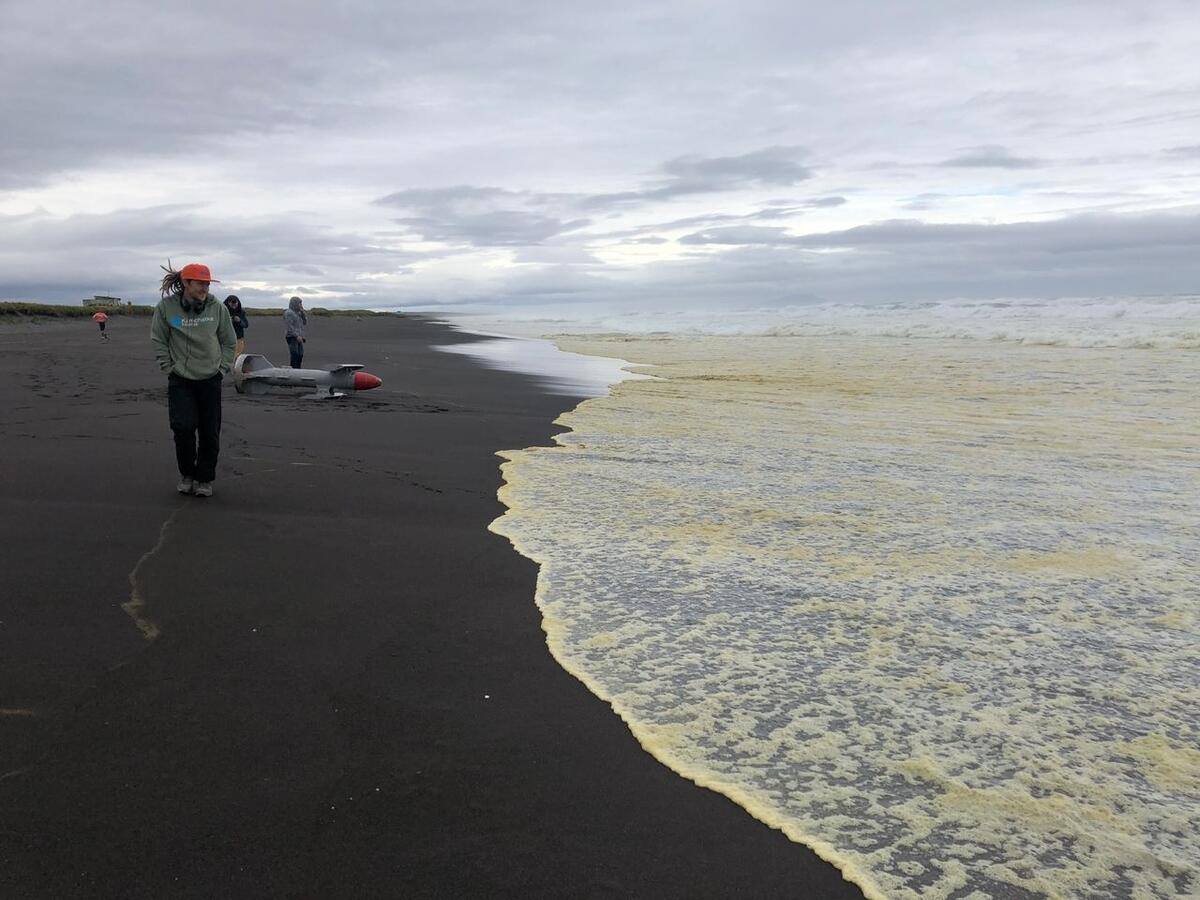
Four Riders Of The Apocalypse: Oil, Toxic Metals, Organic Pollutants, and Nuclear Waste
A blackmouth catshark without teeth or skin was pulled from the ocean depth in July of 2019. This peculiar discovery made in Sardinia shone new light on marine pollution. The shark, reportedly, lacked epidermis, stratum laxum, dermal denticles – all parts of skin – and teeth. Two main hypotheses attempted to explain this phenomenon: marine pollution and ocean acidification due to chemical pollution or a rare genetic mutation. This raises the question, what are the most dangerous chemical pollutants of the sea?
According to the Ocean Health Index, three chemical groups pose the most risk for water and sea life: oil, toxic metals, organic pollutants.
Around 53% of oil in the sea is a result of human activity. Oil in the sea can have many sources: boats, land-based runoff, and spills. 24% of it is attributed to boat traffic and ports. While only 8% of oil is caused by spills during transportation and production, these occurrences show to be the most toxic and long withstanding to the affected region.
Toxic metals are shiny trinkets no one dares to wear. Their main toxicity comes from the ability to impair structure and by it the function of enzymes. Enzymes are the main workers of our bodies. They are made from the instructions written in genetic material and put to work in every single cell. Without proteins, the intricate system of life does not stand a chance. Enter: heavy metals, such as arsenic, mercury, lead, cadmium, tin, copper, nickel, zinc, and selenium. Their main sources lie in industrial areas, waste dumps, metal processing areas, and mining operations.
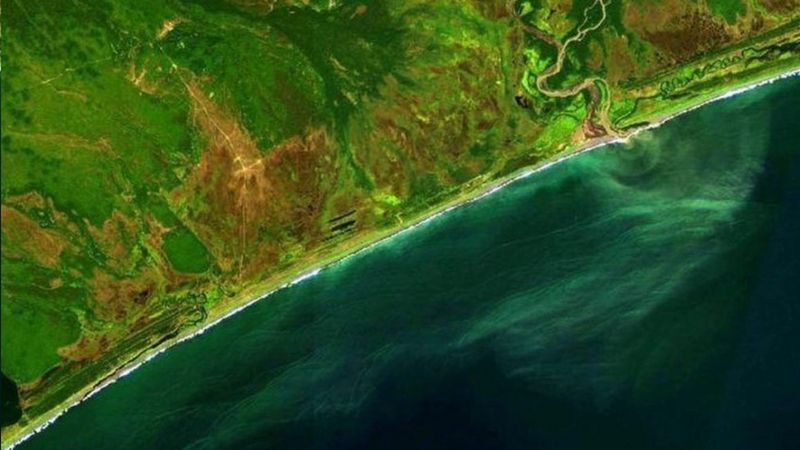
Organic pollutants refer to persistent organic pollutants (POPs). Despite their cheerful abbreviation, POPs are nothing to joke with. They lead to birth defects, disruption of the immune system, negative changes in behavior, low reproductivity, and even neurological impairments. These are the moments where being higher in the food chain proves to be no fun. POPs accumulate with every link of a food chain and often reach dangerous levels when they reach humans and other mammals.
Nuclear waste comes from industrial (power stations, military, reprocessing plants), medical and scientific establishments. It increases the radiation in the fish and marine mammals, as they feed on the plankton. The good news is, however, that previous dumps of nuclear waste in the water have led to measurable but largely negligible increases in radiation. Nevertheless, it is terrifying to imagine what would be the consequence of even a slight increase in radiation across the oceans.
So what does the future have in store for the sea, millions of sea creatures, and humanity? The truth is, we cannot know for sure. Most current solutions focus on tackling the root of the problem – production, use, and deposition of chemicals. For instance, practices like organic and biodynamic farming can decrease fertilizer and pesticide use. Furthermore, tackling chemical marine pollution extends to its monitoring, which is a challenge in itself.
Fortunately, all of the aforementioned problems are already being integrated into the legislation of some countries and are expected to be accepted by others. Chemical pollution of the seas is exactly the case where the common “wait and see” strategy does not work anymore, requiring a more proactive approach.
In the cover picture: The dangerously polluted sea of Kamchatka. Photo Credit: Greenpeace Facebook.
Editor’s Note: The opinions expressed here by Impakter.com contributors are their own, not those of Impakter.com


